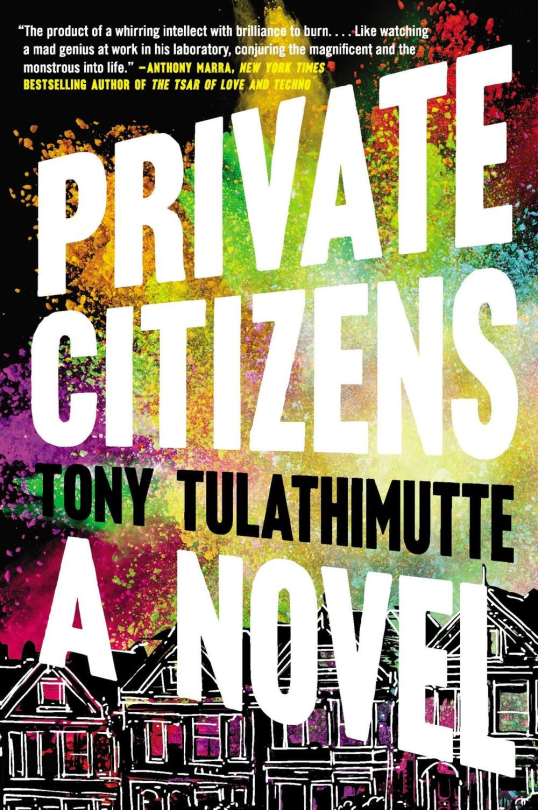
If you were able to spend 2016 immersed completely in the world of books, I genuinely envy you. As for myself, I think asking for words on paper to make up for the general horribleness of so much of the rest of lived experience might be putting too much pressure on them. It takes great concentration to impose sense on horizontal lines of text when sense seems to be seeping out all around you. And even if you manage, for an afternoon, to forget about reality in the space of two covers, you’ll look up from the last page and remember that reality has not forgotten about you. And so what, to quote Missing Persons, are words for when no one listens anymore? The answer depends on what you’re reading. At the end of the day, books are the only available technology capable of transmitting our dreams to one another as repackaged realnesses, each one an option for what another life might look like, a satellite porthole onto the orbital planetoids known as other people. Below are fifteen model worlds worth aspiring to and what they offer is not escape from the present, but a novel interface with it. The world of books is our world.
—JW McCormack

The Revolutionaries Try Again by Mauro Javier Cardenas (Coffee House Press)
The best book of the year and the reason this list exists is also proof that James Joyce is alive and well and splitting his time between Ecuador and the Bay Area. The revolutionaries of the title are a collection of ex-students, devastated by their fractious adulthoods, who reunite to take advantage of their home country’s vulnerable government. The opening image of a lighting bolt striking a pay phone is the ideal set-up for the following series of collisions between English and Spanish, thought and expression, the social and the personal, prose and poetry, finding wholeness in fragmentation until the reader is completely attuned to a style as perfectly realized as it is unique in all fiction. The Revolutionaries Try Again is such a wonder of composition that its very existence is an argument for literary consciousness as ongoing experiment.

The Babysitter At Rest by Jen George (Dorothy, a publishing project)
This collection of art brut short stories is a primer on what it feels like to be young and desperate, even if the stories themselves move between surreal encounters with phantom lovers and pornographic phantasmagorias set in schools and hospitals, where the institutional air acquires a certain porousness. Every young writer reckons on some level with the contemporary atmosphere of minimal employment, isolating education, the impossibility of privacy and the ubiquity of etiquette; George’s...
You have reached your article limit
Sign up for a digital subscription and continue reading all new issues, plus our entire archives, for just $1.50/month.
Already a subscriber? Sign in




